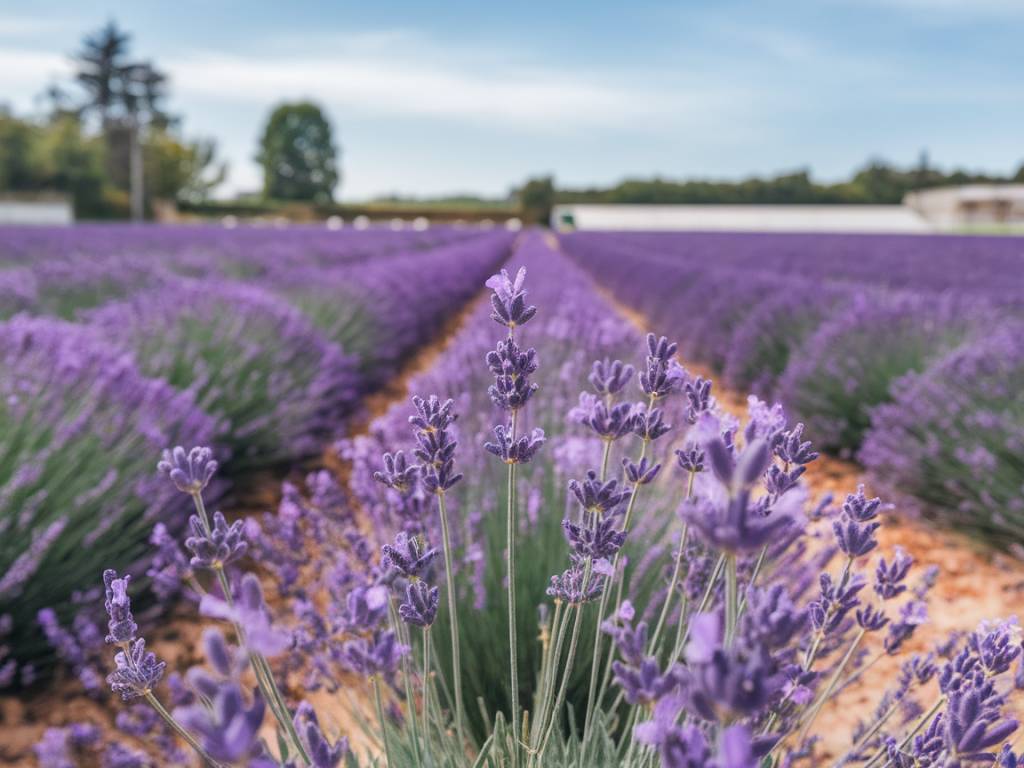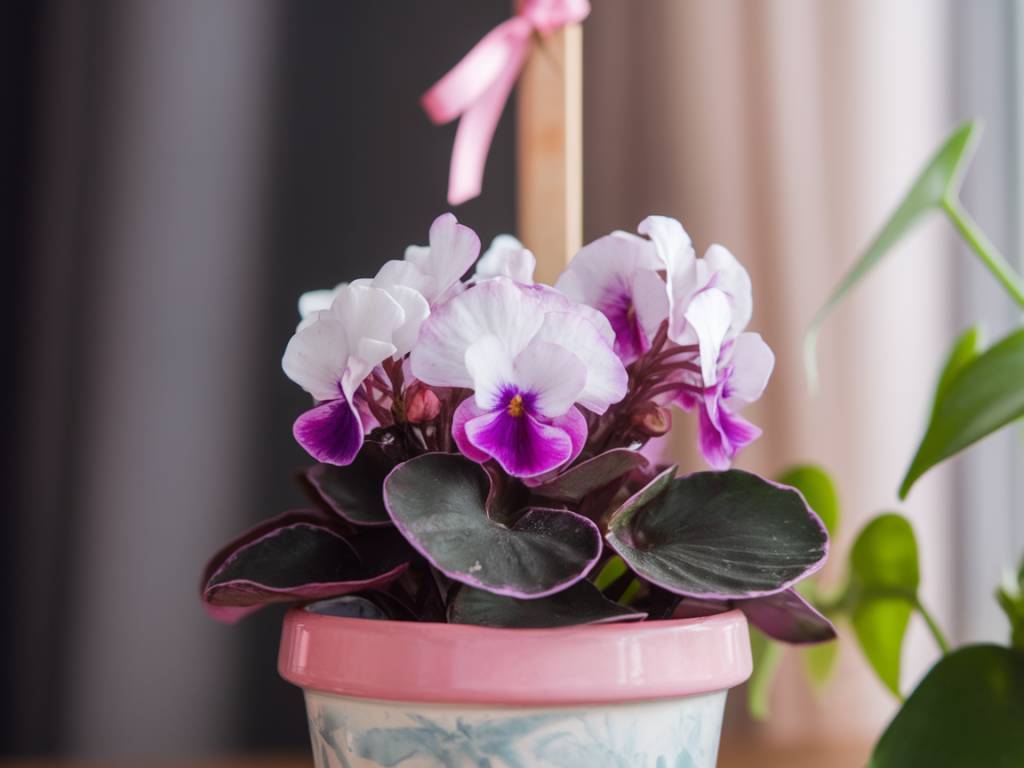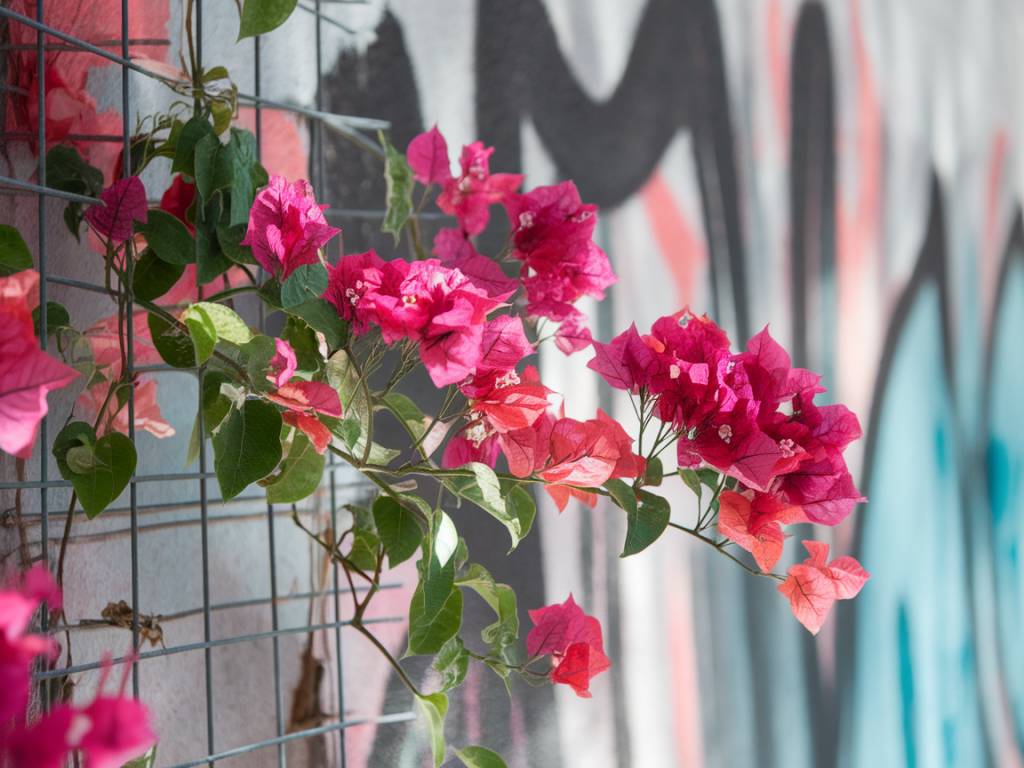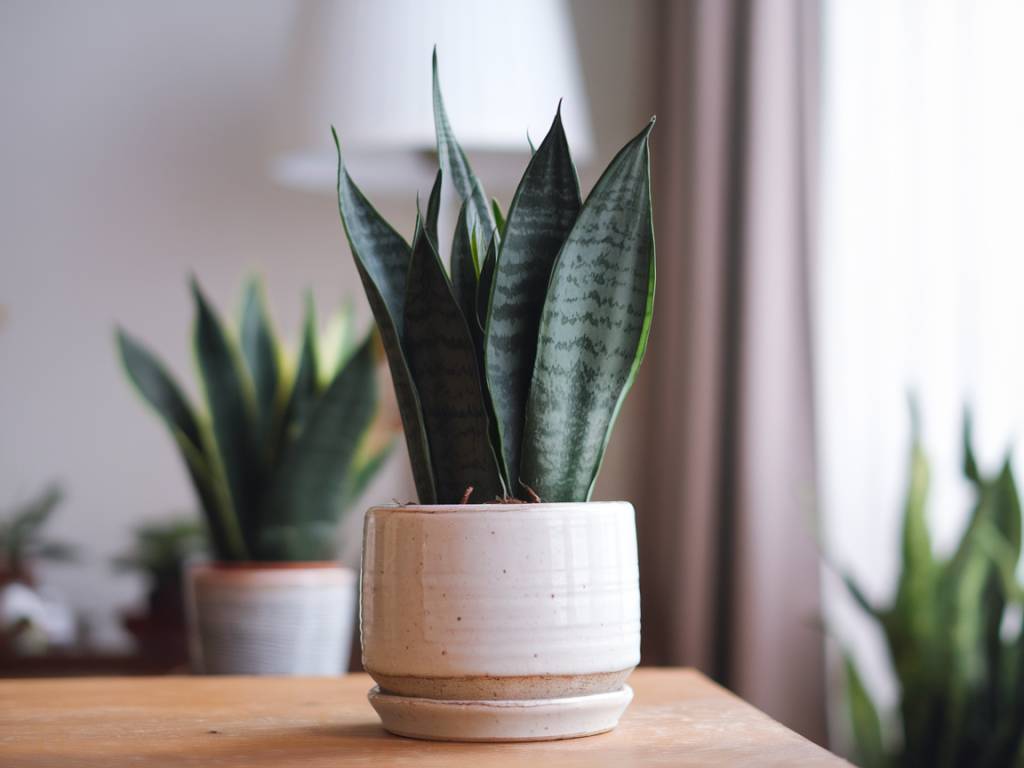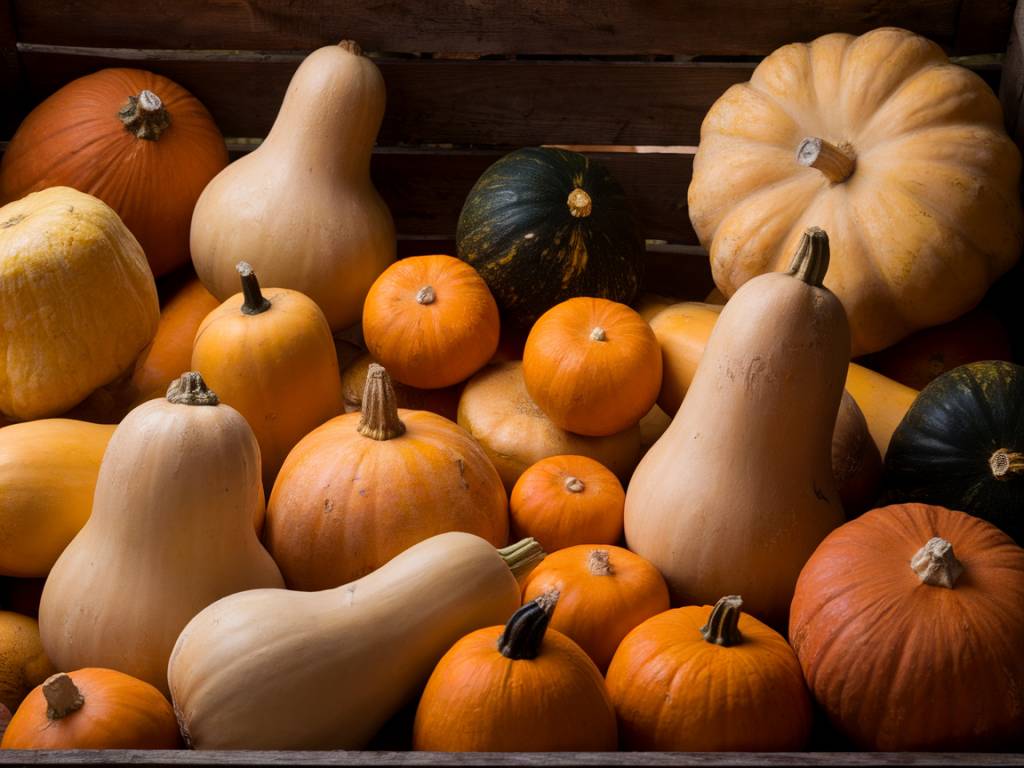Hello fellow gardeners! Today I’d love to share with you some tips on how to grow lavender. It’s one of my absolute favorites in the herb garden. Not only is lavender hardy and low-maintenance, but its fragrance and beautiful purple flowers can be quite enchanting. Here’s how to ensure your lavender thrives and brings that delightful aroma into your garden.
Choosing the Right Lavender Variety
Lavender comes in many varieties, and choosing the right one for your garden can make all the difference. English Lavender (Lavandula angustifolia) is popular for its sweet scent and is hardy in many UK climates. French Lavender (Lavandula dentata) and Spanish Lavender (Lavandula stoechas) also add unique appearance and scent but may require a little more care in cooler climates.
Look for plants labeled as hardy to your specific region and consider the mature size of the plant. For those with smaller gardens or containers, dwarf varieties of lavender might be the perfect choice.
Planting Location
Lavender loves the sun, and to thrive, it needs at least 6-8 hours of direct sunlight daily. Choose a spot in your garden that’s sunny and has good air circulation. Lavender can suffer from fungal issues if planted in a space that’s too confined or shaded.
Well-draining soil is equally crucial. Lavender doesn’t tolerate water-logged roots, which can quickly lead to root rot. Raised beds or containers can be excellent options to ensure proper drainage if your garden soil is heavy clay.
Soil Preparation
Before planting lavender, prepare the soil to meet its needs. Aim for a pH level between 6.5 and 7.5. Lavender prefers slightly alkaline soils, and you can amend acidic soil with garden lime if needed.
To improve drainage, mix in some sand or gravel into the planting hole. A mix of 70% garden soil and 30% sand/gravel often works well. Compost or organic matter can enrich the soil, but avoid too much as overly rich soil can lead to excessive foliage growth at the expense of flowers.
Planting Lavender
Once you’ve prepared the perfect spot, it’s time to plant. Space plants about 30-40cm apart to allow proper air circulation and room for growth. Dig a hole twice the width of the root ball and slightly deeper. Place the plant in the hole and backfill with the soil mix, pressing down gently around the base.
Water thoroughly after planting, but be cautious not to overwater. Lavender prefers to be on the drier side, so it’s always safer to err on the side of underwatering rather than overwatering.
Ongoing Care
Caring for lavender is relatively straightforward. Here’s a breakdown of the essentials:
- Watering: During the first growing season, water regularly to help the plant establish a strong root system. Once established, lavender is drought-tolerant. Water deeply but infrequently, allowing the soil to dry out between waterings.
- Mulching: Mulching can help retain moisture and reduce weeds but use it sparingly around lavender. Choose gravel or small stones rather than organic mulch, as it doesn’t retain moisture which can lead to root rot.
- Feeding: Lavender doesn’t need a lot of fertilizing. In fact, too much fertilizer can reduce blooms. A yearly application of compost in the spring usually provides sufficient nutrients.
Pruning Lavender
Regular pruning is essential to keep your lavender plants looking their best and to encourage new growth. Here’s how to prune effectively:
- Timing: The best time to prune lavender is in the spring, just as new growth begins, and again lightly after flowering.
- Method: Cut back the plant by about one-third of its size. Be careful not to cut into the woody part of the plant as it may not regrow from old wood. Always use clean, sharp secateurs to make the cuts.
- Shaping: Aim to maintain a mound shape which helps with airflow and reduces the risk of fungal diseases.
Harvesting Lavender
Harvesting lavender is one of the joys of growing this fragrant herb. The best time to harvest is early morning when the essential oils are most potent. Here’s how to do it:
- Timing: Harvest when about half of the flower buds are open. This timing ensures the best fragrance and oil content.
- Method: Use sharp scissors or pruning shears to cut the stems, leaving some green growth on the plant. Gather the stems into small bundles for drying.
- Drying: Hang the bundles upside down in a cool, dark, and well-ventilated space. Once dried, gently rub the flowers off the stems and store them in an airtight container.
Winter Care
Lavender can withstand light frost but may need some protection during harsh winters. Here are some tips to keep your plants safe:
- Mulching: Apply a mulch layer of gravel or sand around the base of the plant to insulate the roots.
- Protection: In regions with severe winters, consider covering your plants with a frost cover or moving container plants to a sheltered location.
- Pruning: Avoid heavy pruning in the late fall as the plant needs some foliage for winter protection.
Lavender is a versatile, delightful herb that can bring beauty and fragrance to your garden. Following these tips can help you grow healthy, vibrant lavender plants that will reward you with their soothing scent and lovely blooms year after year.
Happy gardening!
Samanta

